Namdo Hanu (남도한우)
10.2 Km 113 2021-03-20
1169, Jukhyang-daero, Damyang-gun, Jeollanam-do
+82-61-383-2211
It sells only Korean beef as a selected model restaurant. This restaurant's signature menu is grilled beef. This Korean dishes is located in Damyang-gun, Jeollanam-do.
ER NC Department Store - Gwangju Branch [Tax Refund Shop] (ER NC백화점 광주)
10.2 Km 0 2024-04-23
249, Gyeongyeol-ro, Buk-gu, Gwangju
-
House by the Museum (박물관앞집)
10.2 Km 41454 2021-10-20
22, Jukhyangmunhwa-ro, Damyang-gun, Jeollanam-do
+82-61-381-1990
Located on the opposite side of Korea Bamboo Museum, House by the Museum is a uniquely
named restaurant. The main menu includes tteokgalbi (grilled short rib meat patties) which is comprised of minced lean meat, green onion, onion,
bulgogi sauce and sesame oil, which makes the taste tender. As for the nutrition, it has a lot of essential fatty acid from sesame oil that
complements with the beef.
Another signature dish of the restaurant is Daetongbap - rice cooked in a bamboo, made with rice, millet, bean, sorghum, jujube, nuts and others. It features a healthy food with its delicate fragrance. In addition, more than 10 side dishes along with Daetongbap such as Tohajeot (salt-fermented toha shrimp), juksun deulkkae muchim (seasoned vegetables with perilla seeds and bamboo shoot), gejang muchim (marinated crab), beoseot-bokkeum (fried mushroom), mul kimchi, dwaejigogi gochujang bokkeum (stir-fried spicy pork), sangchu ssam (wrapped in lettuce), and others. After a meal, bamboo blade tea of a clean taste is offered as a dessert.
Gwangju Biennale Exhibition Hall (광주비엔날레전시관)
10.3 Km 0 2023-11-28
111 Biennale-ro, Buk-gu, Gwangju
+82-62-608-4114
Since its establishment in 1994, the Gwangju Biennale Exhibition Hall has significantly contributed to Korea's art culture and the world through numerous exhibitions. It strives to give joy and motivation to many people and serves as a channel for Korean artists' forays into the world. Notably, the Biennale exhibition is not a one-time event, and various attempts are being made to make it a sustainable platform as it increases the regional value of Gwangju, the home of the Biennale.
In the era of COVID-19, online services are also provided to citizens who have difficulty visiting the site in person to experience the exhibition.
Gwangju Jeungsimsa Temple (증심사(광주))
10.3 Km 17879 2021-11-09
177, Jeungsimsa-gil, Dong-gu, Gwangju
+82-62-226-0108
Located on the western foothills of Mudeungsan Mountain, Jeungsimsa Temple is a representative temple of Gwangju. First founded by Buddhist monk Cheolgamseonsa Do Yun in 517 (Silla Kingdom), the temple was remodeled by Buddhist monk Hyesoguksa in 1094 (Goryeo dynasty) and again by Kim Bang in 1443 (Joseon dynasty). The temple was burned down during the Imjin War and was reconstructed in 1609 by three Buddhist monks: Seokgyeong, Sujang, and Dogwang. It underwent several additional restorations before being destroyed again by fire during the Korean War. Most of the existing buildings, including Daeungjeon Halll (main temple building), were rebuilt in the 1970s.
Yeongmi Oritang (영미오리탕)
10.3 Km 8983 2021-09-13
126, Gyeongyang-ro, Buk-gu, Gwangju
+82-62-527-0249
Yeongmi Oritang has been serving up duck stew (oritang) to the community for over 80 years. Made with ground perilla seeds, soybean paste, chili powder, garlic, and other carefully selected ingredients, the duck is boiled in an earthen pot and seasoned with ginseng, jujube, and water parsley to suit each customer's individual tastes. The dish is served with kimchi side dishes, which are said to enhance the flavor of the duck meat. Since duck is known to be effective in treating liver and geriatric diseases, the restaurant is popular not only for its delicious flavors, but also for the health benefits of its food.
Gwangju Art Street (광주 예술의 거리)
10.4 Km 32132 2020-06-19
24, Yesul-gil, Dong-gu, Gwangju
+82-62-942-6160
Gwangju Art Street is aimed at developing Gwangju’s traditional art scene through exhibition of local work. The street is 300m long and located behind Jungang Elementary School, nearby Gwangju Dongbu Police Station. Items commonly found here include Korean fine art such as paintings, ceramics, writings, and industrial art.
Every Saturday, an art flea market famous for its unique pieces is held here. People from all over the nation gather to display items that include old calligraphy materials, collector coins, stone hairbrushes, Chinaware, wooden sculptures, folk drawings, classic books, ink, and incense burners. Part of the attraction is the stories the collectors share with each part of their collection. Enjoy the many shows and exhibitions that draw regular crowds to this famous road.
The Mudeung art exhibit operates according to districts, and functions as a cultural festival as well. The outdoor exhibition was built in February 1995, and is open throughout the day. The large exhibition space has 32 booths and regularly holds special exhibits. Many regional cultural treasures are also on display here. Every Saturday, the Street of Fine Arts is blocked from traffic, and people gather to share and enjoy art culture. Gwangju Summer Universiade will be held this summer, 2015.
Gwangju History & Folk Museum (광주 역사민속박물관)
10.4 Km 41129 2020-07-08
48-25, Seoha-ro, Buk-gu, Gwangju
+82-62-613-5337
Gwangju History & Folk Museum opened in 1987 as the largest museum operated by a city government in Korea. It was established for the purpose of preserving valuable Korean folk relics and putting them on exhibit to increase the public's cultural awareness. The museum displays the rich and colorful lifestyles and folk culture of Korea's southwestern regions including Gwangju and Jeollanam-do.
First floor of the museum displays food, clothing, housing, livelihood, and handicrafts while the second floor showcases folk games, traditional customs and folk religions. The museum also utilizes miniature and diorama displays to recreate scenes from the past. A total of eight videotech systems in the museum allow visitors to enjoy vivid demonstrations of the region's nine intangible cultural relics.
Nike - Lotte Gwangju Branch [Tax Refund Shop] (나이키 롯데광주)
10.4 Km 0 2024-04-17
5F, 268, Dongnip-ro, Dong-gu, Gwangju
-
Muji - Lotte Gwangju Branch [Tax Refund Shop] (MUJI 롯데광주)
10.4 Km 0 2024-04-18
5F, 268, Dongnip-ro, Dong-gu, Gwangju
-
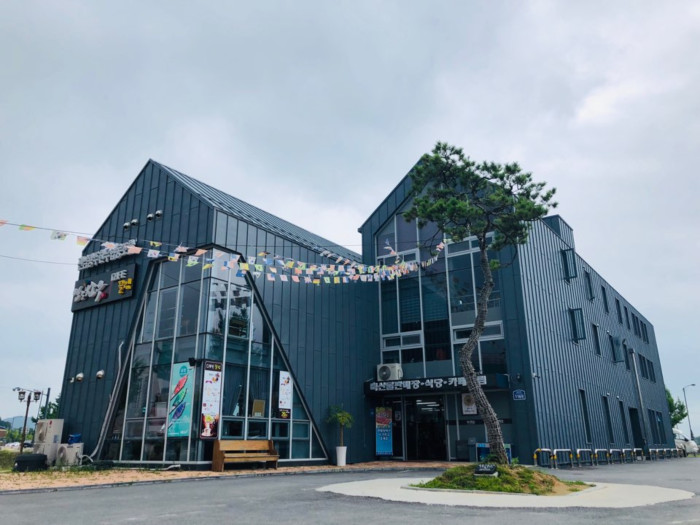
![ER NC Department Store - Gwangju Branch [Tax Refund Shop] (ER NC백화점 광주)](http://tong.visitkorea.or.kr/cms/resource/32/2886832_image2_1.jpg)
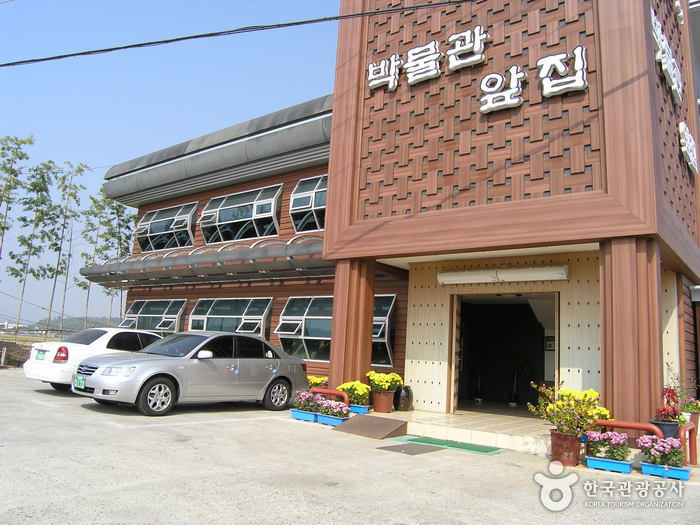
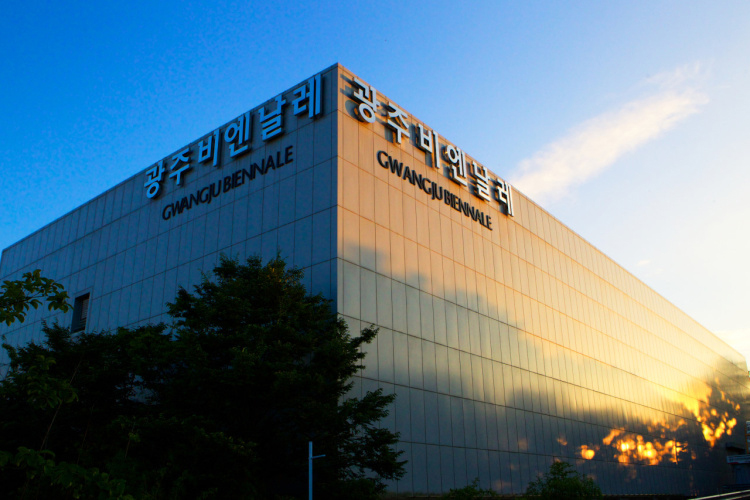
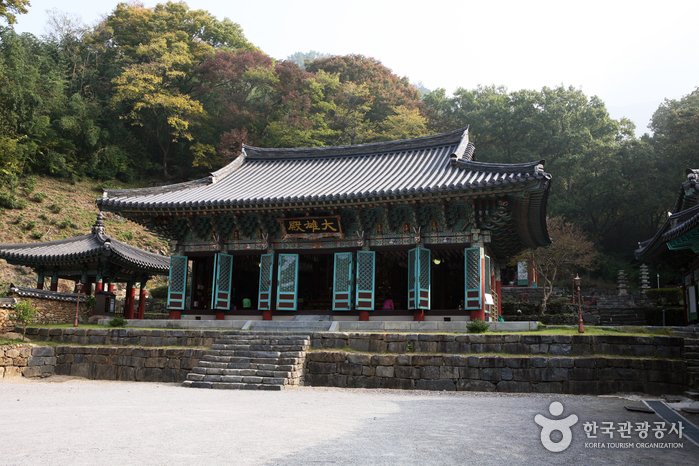
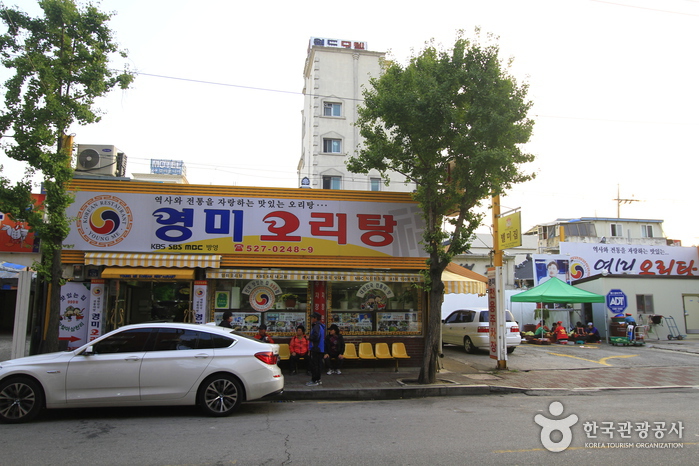
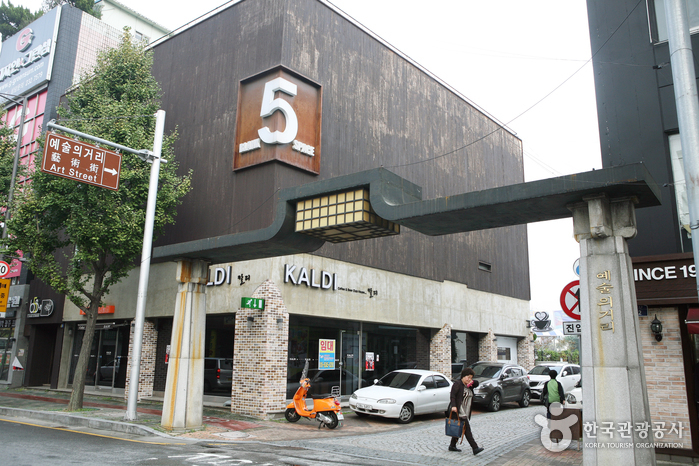
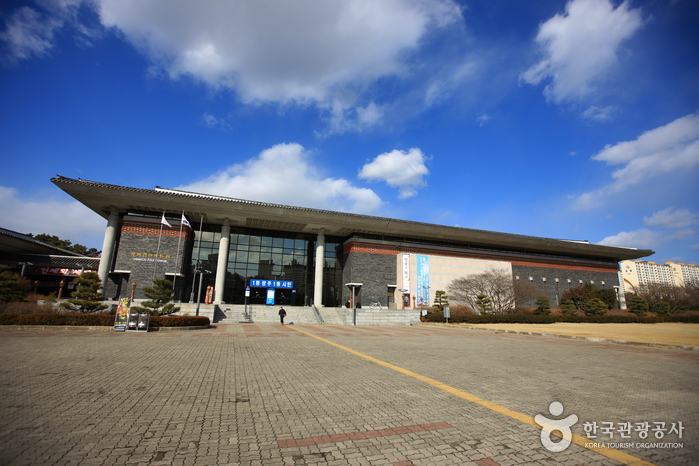
![Nike - Lotte Gwangju Branch [Tax Refund Shop] (나이키 롯데광주)](http://tong.visitkorea.or.kr/cms/resource/38/2886838_image2_1.jpg)
![Muji - Lotte Gwangju Branch [Tax Refund Shop] (MUJI 롯데광주)](http://tong.visitkorea.or.kr/cms/resource/42/2886842_image2_1.jpg)
 English
English
 한국어
한국어 日本語
日本語 中文(简体)
中文(简体) Deutsch
Deutsch Français
Français Español
Español Русский
Русский